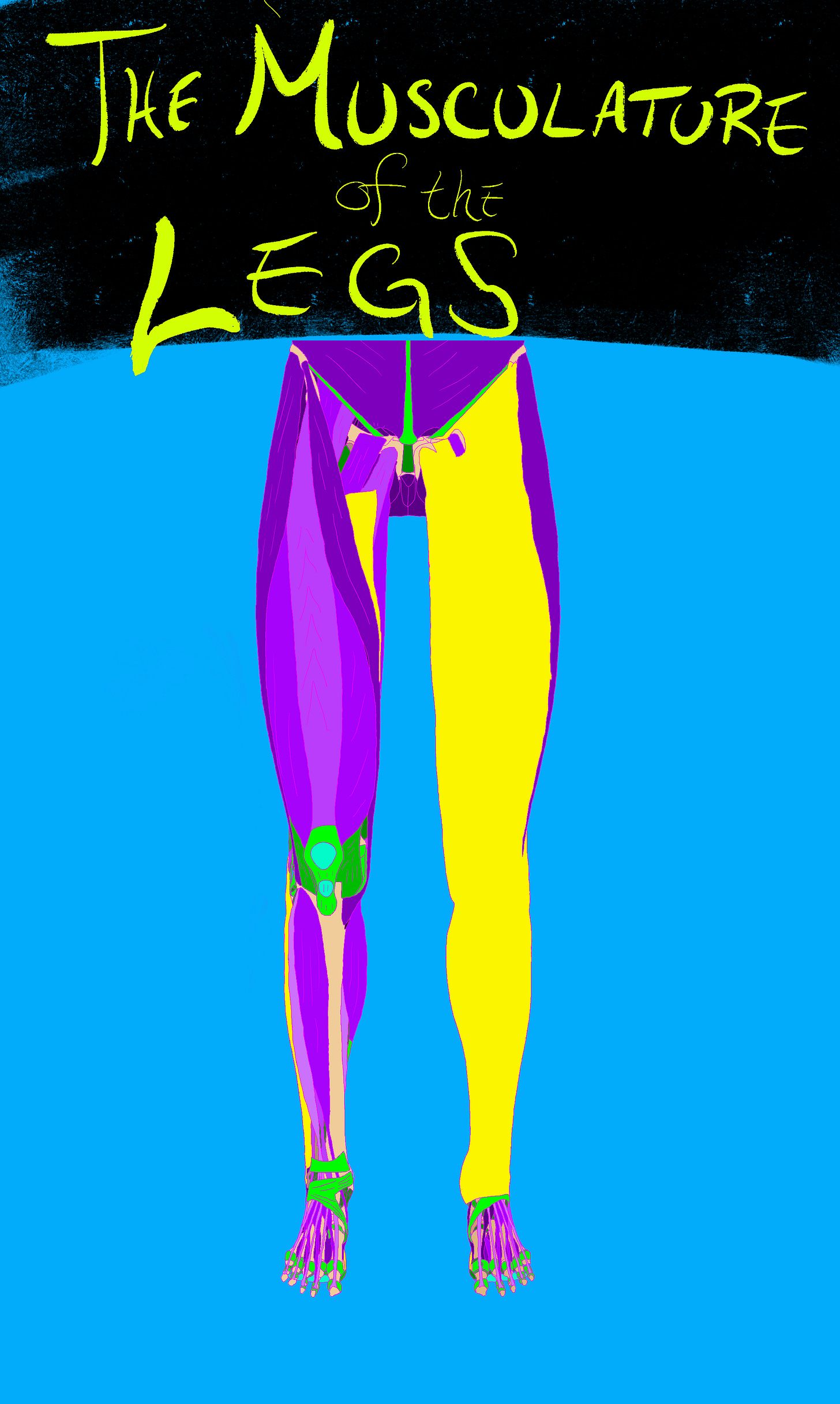The Musculature of the Legs
Feet are complex...
Welcome to a very belated blogs! You know how you’ll sometimes start a project and think, “oh this will be easy enough!” and then you start getting into it and you go, “hrmmm… this feels a bit different than I thought…”? Well it turns out that my old enemy - the feet - have returned to bring unexpected complexity into my life. So please, consider this a much belated post but I will be back on Friday with a fresh one to make up for it!
The Legssss
Our legs and feet are the foundation for our head, neck, and back in standing. As FM Alexander would say, they do a “devil of effort” in sitting so about the only time they can ever fully relax is when they are dangling from a saddle or when you are lying down. It’s for this reason that I think lying down for 15 minutes in the morning, afternoon, or early evening is a critical first step in learning the Alexander Technique; if the head is pressing down on the spine, the legs will overwork and get very tired.
Today’s drawing is just a view of the front of the legs. I think there are a few fun things to note, but let’s just check out the drawing to start!
As a reminder, the yellow is fascia, the purple is muscle, the green is ligament, the tans are bone, and the light blue is bursa1.
If you look at the top of the front of the pelvis, you will see that on the widest parts of the hip we have attachments for the muscles of the quadriceps. In future drawings, I’ll remove the quadriceps so that you can see how the inner muscles at the top of the pelvis flow down into the leg bones (femur). When we hold a lot of tension in the hips, these inner muscles can turn to stone and it can feel like the pelvis and legs are crushed together.
Looking at the knee, notice that there’s actually a big chunk of muscles and ligaments that all meet at the junction. It’s hard to see in this photo, but there are actually 4 bones that surround the space of the knee. I would personally count the fibula as part of the knee even though my anatomy book says it is not2.
Looking further down towards the feet, notice that the ankles are a massively interconnected webbing of muscle and ligament. This juncture is quite mobile and if your shoes are too small or narrow or heavy you will slowly lose some of the natural mobility in your ankles and feet. When this happens, our feet can turn into leaden lumps3.
Stay Tuned
Thanks for your patience on this drawing! I’ll be back on Friday with more goodies (not another foot drawing…). Hopefully these drawings help you take a minute to just stop and feel bigger and bigger chunks of leg all at once. The muscles should feel NOT stiff and the joints should feel slightly mushable.
Get In Touch
If you’re in NYC, you may learn more about my private teaching practice at johndalto.com.
If you’d like to book any lesson time with me, you can find my booking link here.
fluid filled sacs located between skin and bone to reduce friction in movement
There are ligaments directly attaching the fibula to the femur. I get that it’s not anatomically “knee” in my book, but if you’re going to use your leg and bend your knee that WHOLE chunk should be fluid.
Any restriction on our joints (say a very tight belt or skinny jeans) will bind us up and create a small global stiffening in us. When in doubt, be comfortable and find clothes that fit properly!



Loved this. Clear and very human. Your “Legssss” tour makes anatomy feel friendly too.
The images are super helpful and the style has really come into focus. Also, your handwriting reminds me of art nouveau fonts for some reason. I dig it.